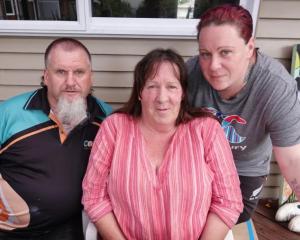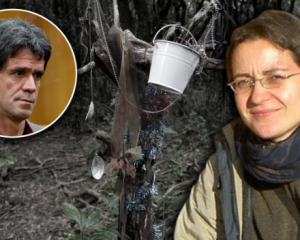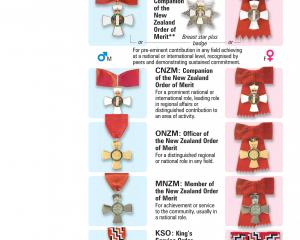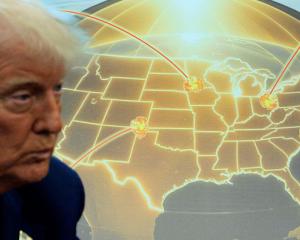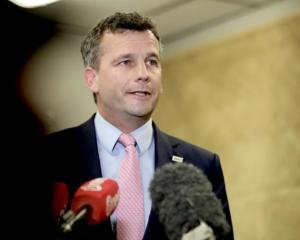An international team of scientists is setting sail to New Zealand to spend their summer drilling the seabed off the coast of Canterbury, and under the East Antarctic Ice Shelf.
Their drillship, the Joides Resolution, will seek samples from as deep as 1800m beneath the seafloor in a bid to pin down the history of global sea level changes over the past 30 million years.
The ship was originally expected to sail from Townsville on November 4, but today was still replenishing supplies after a similar expedition off Japan on the Shatsky Rise.
It is now due to leave Townsville early next week to drill the Canterbury Basin until early January, then take a break in Wellington before moving to Antarctic waters.
The Canterbury expedition will investigate the relative importance of global climate change versus local tectonic forces, on changing sea level and sedimentary processes, according to Professor Neville Exon of the Australian National University.
"This sedimentary basin is a good place to investigate global sea level changes, which have frequently amounted to 100 metres in the past," he said in a statement.
Such studies also help scientists improve predictions of possible future changes in sea level and will help advance the current debate over the impacts of CO2-induced global warming.
Previous seabed cores from east of the South Island have revealed a close match between climate change in New Zealand and Antarctica, with their glaciers expanding and shrinking in concert across 45 degrees of latitude.
Chief scientists for the Canterbury voyage Craig Fulthorpe of Texas University and Koichi Hoyanagi of Shinshu University, Japan said their their focus would be on the past 30 million years when global sea level change was dominated by fluctuations in ice volume between ice ages and warmer interglacial periods.
Huge volumes of sediment stripped off the Southern Alps mean the ship should be able to recover core samples with layers of organic matter that make it easier to track such fluctuations.
Researchers will be able to analyse the relative importance of global sea levels compared with local earthquakes, upthrust along the Southern Alps, and erosion in the dumping of sediment along the continental shelf.
Analysis of the samples may provide more information on the early history of the Alpine Fault plate boundary.
Researchers will look for indications of the start of circulation by global ocean currents, including the Antarctic circumpolar current in its earliest form.
Much of New Zealand's knowledge of the geological evolution of the southwest Pacific Ocean is based on sediment cores collected by the Integrated Ocean Drilling Programme between 1972 and 1998, but New Zealand has not previously paid for a formal two-year membership of project. New Zealand scientists Greg Browne, of GNS Science and Lionel Carter of Victoria University, helped to frame the drilling plans for six sites, and Dr Browne and GNS colleague Martin Crundwell will participate as scientific observers .
The Joides Resolution is expected to tie up in Wellington for three or four days after New Year, with ship tours, and public talks on the highlights of the Canterbury expedition and the prospects for the following Wilkes Land expedition in Antarctic waters.
New Zealand scientists are also taking part in the Antarctic voyage to collect sediment cores in waters up to 3705m deep.
That drilling in Wilkes Land -- under part of the East Antarctic Ice Shelf, 3000km south of Australia -- will look at the link between past climate change and the stability of the Antarctic ice sheets.


